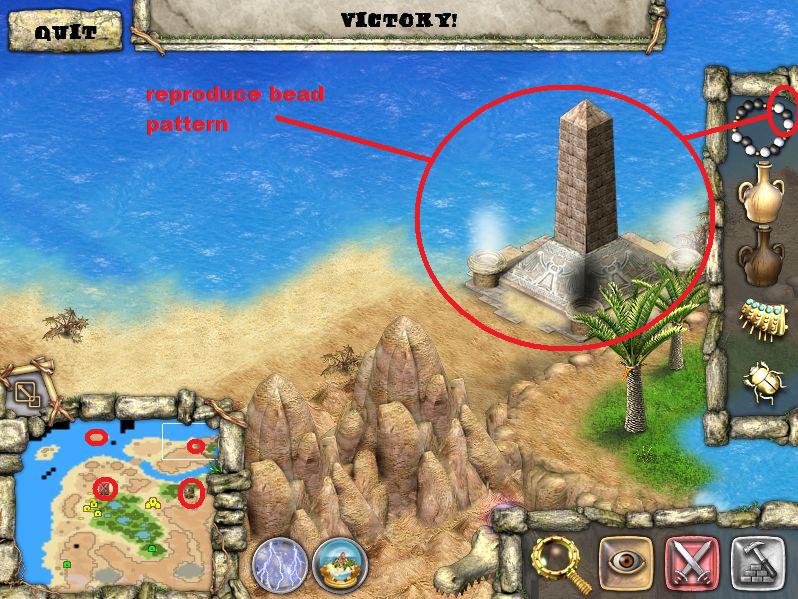

Today, trained museum professionals work closely with local tribes, museums, and community organizations to provide a space for community programs, tours, and access to cultural artifacts.Īn Athabaskan chief’s coat, a Chilkat robe, and a parka made of either seal or walrus intestines that were cleaned and sewn together are on display in the museum. In addition to native Alaskan art and artifacts, other highlights of the museum include 14-foot-long woolly mammoth tusks, a 46-ounce gold nugget found in Alaska, a 5,000-volume Alaskan research library, and paintings by acclaimed Alaskan artist Sydney Lawrence and others. “In this, I think we have been successful and thus helped preserve the heritage of Alaska.”įollowing a merger in 2000 with National Bank of Alaska, Wells Fargo has continued the museum’s mission of providing a free, public space for people to connect with the stories of Alaska’s past. “One of our objectives in creating and expanding the bank’s museum has been to keep in Alaska our art and artifacts, and indeed bring many of the items back to their place of origin,” Rasmuson said. Rasmuson worked with others to keep the Alaskan artifacts in their place of origin. At the time, out-of-town collectors were purchasing rare and valuable pieces of Alaskan history and culture.

The collection began under the direction of the bank’s president, the late Elmer Rasmuson. The museum started in 1968 as the National Bank of Alaska’s Heritage Library. That is a connected museum, in my opinion.” “Visiting school children, in fact, often point out objects made in the distant past by relatives who lived 800 miles from Anchorage. “This museum serves Alaska’s communities very uniquely in how directly connected our objects are connected to living families of all cultures,” said Tom Bennett, manager of the museum. The bank commissioned her art and added her work to its collections. Alutiiq and Inupiaq artist June Pardue demonstrates weaving traditional grass socks at the Wells Fargo Museum in Alaska.


 0 kommentar(er)
0 kommentar(er)
